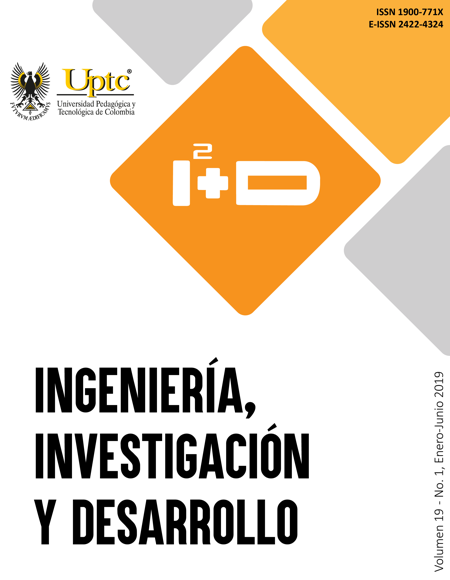Development of artificial vision system for quality control of bottles in the company Cartavio Rum Company

Abstract
This article aims to develop a quality control system for bottled beverages for Cartavio Rum Company by using Visual Studio 2017 software, using the transformed hough and canny algorithm for borders and the application of morphological filters (erode). This system consists of a conveyor belt that generates the movement of the bottles, until it is detected by the camera, which obtains the images that are processed. For this, there is a system for the entry of the bottles to the conveyor belt, which will be taken place of capture of the images made by software. It identifies the level of loading of the product, evaluate the alignment and the correct color of the labels of the bottle, also it verify the control of sediments or small strange bodies in the bottles contents, then perform the previous processing the same. At the end of the preprocessing and determine the final characteristics of the product through pre-established parameters in bottled rum drinks, by using artificial vision, the bottles that pass the control continue towards a place process in the boxes where they can be dispatched and controlled, those that do not comply are rejected and reprocessed. Several tests concluded that the artificial vision system showed an efficiency of 95% compared to visual inspection of the human eye with 55%, corroborating the effectiveness of artificial vision in the quality process in the company.
Keywords
quality, inspection, artificial vision
References
I. Herrero, “Ingeniería en Automatizacióny Control Industrial,”. Ed. Quilmes: Universidad Nacional de Quilmes, 2005. pp. 19.
A. Hornberg, “Handbook Of Machine Vision,”. Ed. Weinheim: WILEY-VCH Verlag GmbH & Co KGaA , 2006. 798 p.
R. Gonzalez, and C. Woods, “Digital Image Processing,”. Second edition. Upper Saddle River, New Jersey 07458: Prentice Hall, 2002. 793 p.
T. Klinger. “Image Processing With Labview And Imaq Vision,”. Upper Saddle River, New Jersey 07458: Prenti-ce Hall, 2003. 319 p.
I. Minchala, “Procesamiento Digital de Imágenes”. Ambato: agosto de 2008. (Presentado en: Curso de procesamiento digital de imágenes basadas en computador: del 19 al 23 de agosto de 2008).
J. Russ. “The Image Processing Handbook”. Thrird edition. 2000 N.W. Corporate Blvd., Boca Raton, Florida: CRC Press LLC, 1999. 984 p.
T. Benavides, “OpenCV y el diseño de filtros digitales,”. Revista Digital de Investigación y Educación. Disponible en http://www.ingenieria.unam.mx/~sagfi/icode/OpenCV-filtros.pdf
J. P. Cáceres, “Sistema de Visión Artificial Para Inspección del Nivel de Llenado de Bebidas Embotelladas”. Universidad Técnica de Ambato, Ambato - Ecuador, 2011.
G. E. Murillo Quishpe y S. D. Montaluisa Pilatasig, “Control e Inspección de Llenado de Botellas Aplicando Herramientas de Visión Artificial para el Laboratorio de Neumática e Hidrónica de la ESPE Sede Latacunga,”. Escuela Politécnica del Ejército, Latacunga - Ecuador, 2010.
V. Vargas Baeza, “Sistema de Visión Artifical para el Control de Calidad en Piezas Cromadas,”. Instituto Politécnico Nacional, México D.F. - México, 2010.
J. Porras y M. De la Cruz, “Clasification System Based On Computer Vision,”. Universidad Ricardo Palma, Lima - Perú.